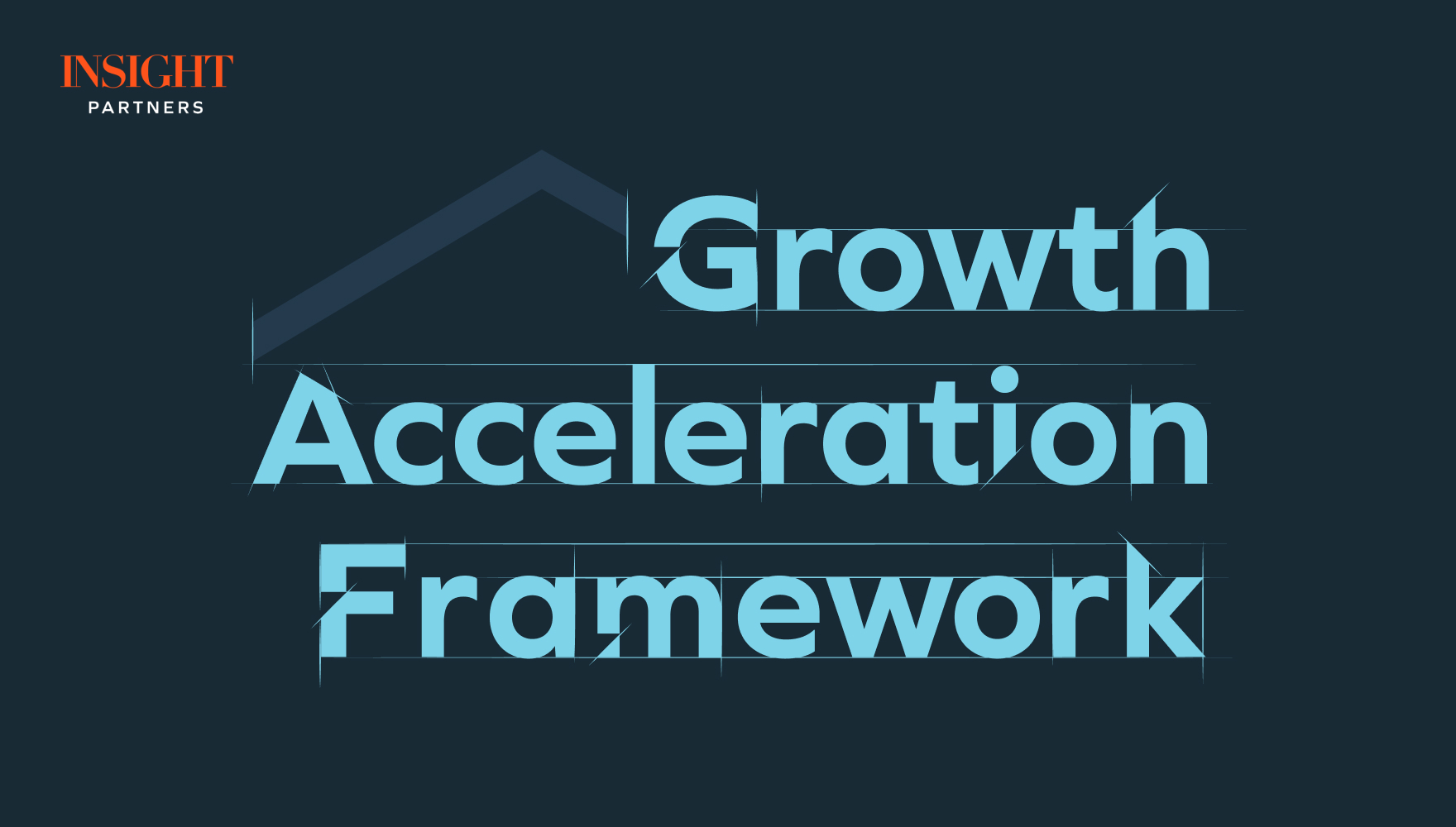
Have you ever gone to a meeting and expected to participate in making a decision, just to find out you were being told about a decision that had already been made? Or the reverse: You showed up for a meeting when you expected to get your marching orders, only to find out the leader didn’t have a plan and expected you to help them figure it out (work for which you were unprepared)?
Most of us are familiar with these confusing and frustrating experiences. What most leaders don’t realize is that they are perpetrating them on others. It’s not malicious; we just aren’t always aware of our own decision-making modes, and even when we are, we don’t tend to be explicit with others about them.
When I’m helping leaders improve their ability to be intentional and clear with their decision-making modes, there is one tool I come back to again and again – what I call “The Five Modes of Decision-Making” from Peter Senge. This simple model can help leaders and leadership teams clean up and create more sustainable decision-making processes.

Decision-making modes
The model is really simple: I’m a sucker for any model with 5 or fewer variables. The X-axis considers the capacity in the group (team, department, org.) for direction setting and learning. The Y-axis details the degree of active involvement from the group. So, when we are TELLING, we assume low capacity in the group to engage in direction setting and thus low involvement from them, with high involvement from the leader. When we are CO-CREATING the opposite is true. As Senge describes it, we are making a choice about how much we are depending on the “boss” (leader) or the “troops” (team) to lead the way.
None of these modes are good or bad; they are just needed in different scenarios.
- TELLING: As a leader, you may “tell” your team that they need to take security training or they cannot keep their jobs; this isn’t open for debate or discussion.
- SELLING: Or you may decide that the engineering organization needs to standardize on a single database, and “sell” the team on why you have made this decision. In selling, you are open to a bit of feedback, and while it’s unlikely you are going to change your decision, you may change your messaging.
- TESTING: Now we start to shift from having a finalized decision to having something more draft-like. You may present your team with a plan to shift the amount of capacity spent on technical debt each quarter. You’ve done your research, but you want the team to poke holes in your decision, and you are open to iterating based on their “test” of your idea.
- CONSULTING: Here, your draft is even less well-formed. You may have checked in with key constituents and done some homework, but you fully expect the group to “consult” and help you get the decision to done.
- CO-CREATING: This is the ultimate space of collaboration where you, as the leader, are working shoulder to shoulder with the group, developing the decision together.
Clarity of intent
Regardless of mode, the gift you can bring to any decision-making process is clarity around your intention. Senge’s model is a great shorthand for those conversations. You can let your team know, “We are meeting to discuss our Product Led Growth strategy. This will be a CONSULTING conversation, and I’ve attached my initial thoughts for you all to review in advance.” This allows your team to show up prepared and engaged in the right way, speeding up the process by increasing alignment and trust.
As you assess your mode, you may discover that what you want to do is communicate your decision – you need to TELL or SELL. This can be accomplished in an all-hands or other forum, or perhaps even by email with no meeting at all, allowing you to move more quickly. You may instead determine that what you are seeking is commitment to your decision – you want to TEST or CONSULT. Meetings with valuable and concise pre-reads along with good facilitation to move to alignment work well for these modes – quarterly planning against established strategies or action-driven QBRs are examples. When you aren’t sure of your decision, or are sure that your decision will be much better with input from the team, you want collaboration.
This is the hardest work in decision-making, but also the most sustainable. A meeting that starts with the clear context setting to establish a shared baseline of understanding and then a well-facilitated process to move people through healthy conflict can generate CONSULTATIVE or CO-CREATED decisions that are aligned, innovative, and much more likely to stick. Executive-team strategy sessions and R&D team sprint-planning sessions are both examples of collaborative decision-making meetings.
Collaboration is hard, but worth it
The more we move up and to the right, the more we must invest in sharing context, negotiating, and finding consensus. I’ve had several CEOs say to me when I’ve introduced this model, “I get what you are saying, but sometimes CONSULTING or CO-CREATING takes too long. I need to reserve a ‘veto’ if we get stuck so I can move us along.”
I agree that there are times when alignment and consensus elude us, and we need a leader to step in and decide. But when leaders do this regularly, teams stop taking ownership for decisions. They know it’s not really worth their time to share their insights and wisdom when the leader is just going to decide on what they want regardless. The same leaders who want the veto also wonder why their teams aren’t “stepping up” and “taking responsibility.” If you want people to lead, you have to get out of their way.
Not every decision lends itself to CONSULTING or CO-CREATING. But when you need sustained alignment and buy-in, collaboration delivers.
You can take control of your decision-making and thereby create much more valuable interactions with your teams and colleagues. Introduce and then integrate the Senge model into your team. Confusion will decrease and trust will increase in your team as your intention and expectations are made clear.












